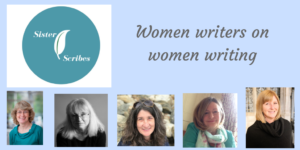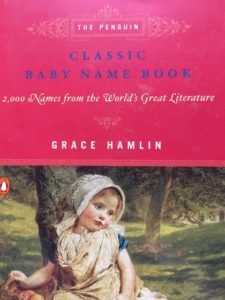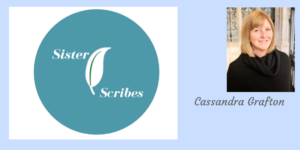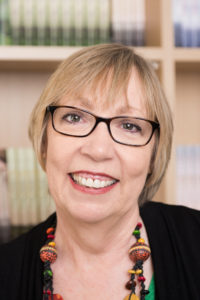 Regular readers of the Sister Scribes’ contributions to Frost won’t be surprised to hear that I’m a huge Jane Austen fan. Aside from enjoying repeated readings of her novels, I also enjoy books that have Jane as either a part of the story or where there is a strong Austen association.
Regular readers of the Sister Scribes’ contributions to Frost won’t be surprised to hear that I’m a huge Jane Austen fan. Aside from enjoying repeated readings of her novels, I also enjoy books that have Jane as either a part of the story or where there is a strong Austen association.
I’d read and loved author Syrie James’ contemporary novels, The Lost Memoirs of Jane Austen and The Missing Manuscript of Jane Austen in the past, so when I was invited to read and review her latest novel, (released through Avon Impulse on 25th February 2020), I leapt at the chance.
Duke Darcy’s Castle is a historical romance, set in the latter part of the Victorian era, and although the title hints at the story being a retelling of Pride & Prejudice, it isn’t, though certain similarities can be detected, not least in the duke’s inability to propose in a way likely to be accepted!
So what’s it about?
 Lance Granville, the reluctant Tenth Duke of Darcy, has given up his much-loved naval career to inherit the family title, along with substantial estate debts and an ancient castle in serious need of renovation. Time to find a wealthy wife, perhaps?
Lance Granville, the reluctant Tenth Duke of Darcy, has given up his much-loved naval career to inherit the family title, along with substantial estate debts and an ancient castle in serious need of renovation. Time to find a wealthy wife, perhaps?
Kathryn Atherton is determined to become the first woman architect in Britain. Marriage and children are not part of her plans—ever. Despite family and society opposition, she’s managed to complete her training; now she needs experience. When the architect who has given her a chance is incapacitated, she’s sent in his stead to Cornwall to do the initial sketching for a remodel of Lance’s castle. The last thing Kathryn wants—or needs—is to be attracted to its handsome owner.
Lance is soon entranced by Kathryn, and when he learns she is an heiress whose fortune would save the estate, he sets out to win her hand. But duchesses can’t be architects. And Kathryn has fought too long and too hard to give up her dreams…
With romance novels, the reader often picks up on who will end up with whom before the characters do, but the pleasure is gained from following the path to happiness, and this book does not fail on this, delivering several twists and much to keep the reader engaged along the way.
The book is also a fascinating insight into the late Victorian era attitude towards women pursuing an education, having careers and the restraints and attitudes they came up against.
With beautifully evocative descriptions of the setting, there’s no denying the location of St. Gabriel’s Mount, where the castle is situated, is inspired by St. Michael’s Mount in Cornwall, and the sense of place permeates through the pages.
I think my favourite aspects were the bond of love and friendship Kathryn has with her sisters and also the character of the Dowager Duchess of Darcy, Lance’s grandmother.
 As for the story, can two such strong characters, both with conflicting motivations, face up to the need for compromise? Will Lance ever get his proposal right, and will Kathryn’s final decision be to follow her head or her heart?
As for the story, can two such strong characters, both with conflicting motivations, face up to the need for compromise? Will Lance ever get his proposal right, and will Kathryn’s final decision be to follow her head or her heart?
Duke Darcy’s Castle is well written and very well researched, and I recommend it to those who love historical romances with plenty of passion.
NB: Recommended for mature audiences only, as there are several scenes of an intimate nature.
Syrie James is the USA TODAY and Amazon bestselling author of thirteen novels of historical, contemporary, and young adult fiction. A member of the Writer’s Guild of America, Syrie is also an established screenwriter and playwright.
Follow Syrie on Twitter @SyrieJames











